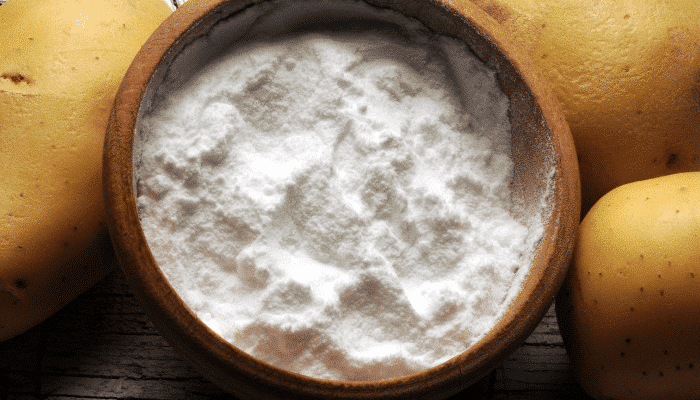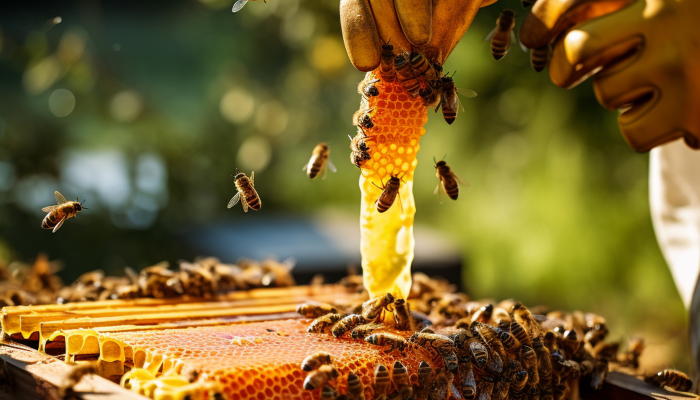

Latex is a liquid substance, of varying thickness, secreted by certain plants, shrubs and trees, including the rubber tree Havea Braziliensis. It is used in more than 40,000 products (condoms, balloons, chewing gum, bottle nipples, etc.). The number of people allergic to latex is increasing very quickly.
A third of people allergic to latex developed cross-food allergic reactions after eating foods such as bananas, avocados, chestnuts, kiwi, potatoes, pineapples, peaches or even tomato.
This fact is known as latex-fruit syndrome, the biochemical mechanisms of which have been partly elucidated with a major role of the Hev b6 protein. Reactions range from a local itching to severe discomfort, asthma, nausea and vomiting.
The Phytocontrol solution
The Phytocontrol laboratory is able to detect and quantify all the recognized allergenic proteins of latex Hev b1, b3, b5 and b6.02 in foodstuffs and matrices containing latex.
The analysis is based on the extraction of the protein and then on their detection and quantification by sandwich ELISA test.
Phytocontrol supports you in controlling the allergenic risks of Latex, in cosmetics, but also in complying with Regulation (EU) 1169/2011 specifying the 14 allergens with mandatory labeling :
- Cereals containing gluten
- Nuts
- Seafood and shellfish
- Egg
- Fish
- Peanuts
- Soy
- Milk and dairy products
- Celery
- Mustard
- Sesame seeds
- Sulfur dioxide
- Lupine
- Molluscs
Need technical, regulatory and pricing information? Our customer service is available from 8am to 8pm from Monday to Friday at +44 (0) 2037 430 973 or service-clients@phytocontrol.com
And to not miss anything of the Phytocontrol news, join us on our LinkedIn and Facebook page!
Est-ce que l'article vous a été utile?
Note moyenne 0 / 5. Nombre de votes : 0
Aucun vote pour l'instant ! Soyez le premier à évaluer cet article.




